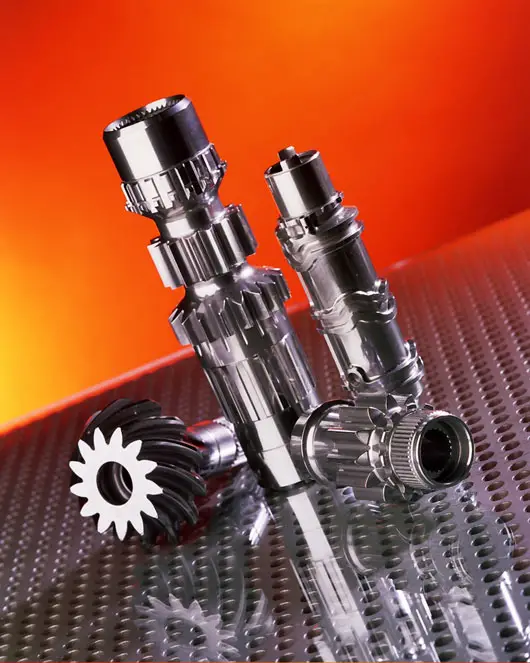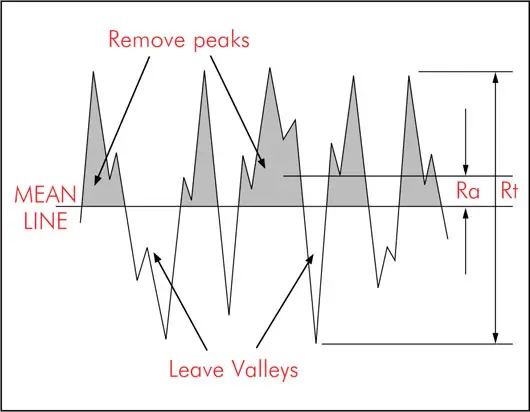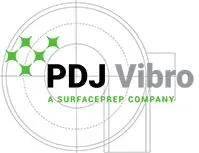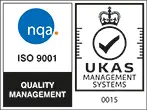Three new vibratory finishing machines from PDJ Vibro Ltd are helping the Metal Improvement Company (MIC) at its Derby facility to streamline the ‘C.A.S.E™’ isotropic superfinishing process, which uses a combination of controlled shot peening, surface treatment by oxalic acids and non-abrasive vibratory finishing to enhance the fatigue strength and surface properties of components operating under stress and enable them to resist high stress loadings.
Three new vibratory finishing machines from PDJ Vibro Ltd are helping the Metal Improvement Company (MIC) at its Derby facility to streamline the ‘C.A.S.E™’ isotropic superfinishing process, which uses a combination of controlled shot peening, surface treatment by oxalic acids and non-abrasive vibratory finishing to enhance the fatigue strength and surface properties of components operating under stress and enable them to resist high stress loadings. The process is said to be more effective than shot peening alone and is used widely for improving the fatigue resistance of critical motorsport/automotive, aerospace and power generation parts as well as some orthopaedic implants and medical instruments.

The PDJ Vibro finishing machines – an ‘EVT 600’ vibratory trough, a ‘JVP 400’ centreless bowl and an ‘EVP 550 plain bowl – form an integral part of the C.A.S.E™ process and have been supplied to MIC, Derby, as part of a “Partnered Support” alliance, through which PDJ Vibro provides an ongoing technical and maintenance service to ensure that its machines operate at optimum performance throughout their working life.
Commented David Hurley, MD of PDJ Vibro Ltd: “We have worked closely with MIC from the earliest stage to ensure that the combination of machines we have supplied fits the company’s production criteria exactly and, through our close technical relationship with the company, will continue to monitor the machines operation and ensure that they work to maximum efficiency. This is how we like to work with all our customers.”
Key features of the ‘C.A.S.E™’/isotropic superfinishing process

- Surface reduction to mirror like finishes.
- Reduced manufacturing times and production costs.
- Finishes suitable for microbiological cleansing and sterilisation.
- Optimum surface roughness and stress characteristics.
- Reduced contact/surface fatigue.
- Increased lubrication retention and heat transfer.
- Good rounding ability to sharp edges for ease of handling and assembly.
- Reduction in lubricant temperature.
- Reduced transmission noise.





























